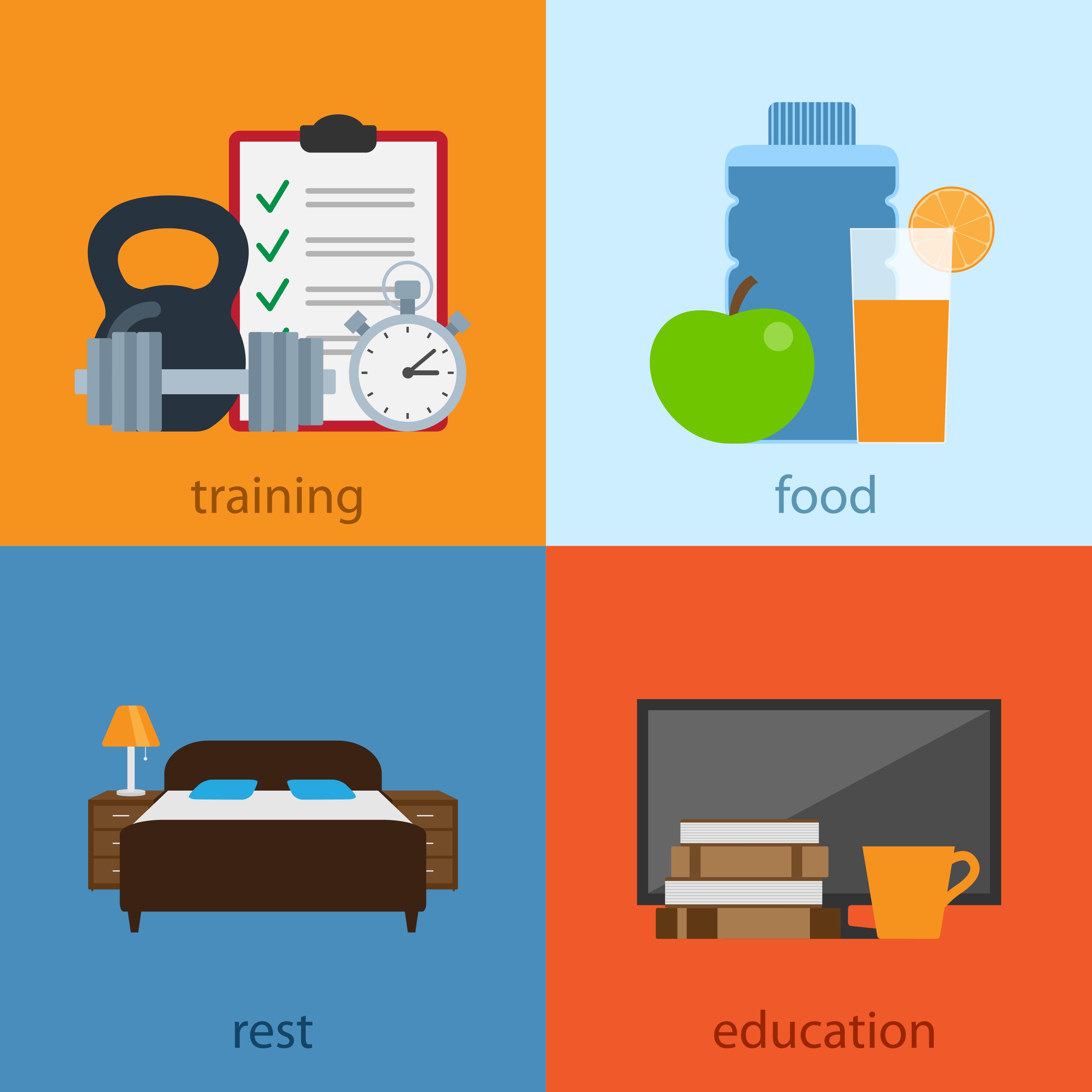During the third multidisciplinary South African congress for ADHD, Dr Brendan Belsham, a child and adolescent psychiatrist from Johannesburg, delved into treatment options focusing on children with ADHD. The three main themes of his presentation addressed:
- What nonpharmacological treatments are evidence based?
- Where do amphetamines fit in?
- What is the role of precision medicines and pharmacogenetics?
Nonpharmacological treatments include the following:
Psychoeducation
- Educate and empower the patients and their families by providing information on ADHD
- Look at lifestyle factors such as sleep, diet, and exercise
- Examine modifications that can be made in both the school and home setting
This mostly occurs in a group setting and has shown to be effective in reducing symptoms of ADHD and disruptive behaviour disorders.
Parent management training
This mostly occurs in a group setting and has shown to be effective in reducing symptoms of ADHD and disruptive behaviour disorders. All training of this nature shares similar behavioural principles, which consist mostly of reinforcing positive behaviours, ignoring low level provocative behaviours, and providing clear, consistent, and safe responses to unacceptable behaviour. Parents should be engaged as partners. This is the first line treatment for pre-schoolers under five years of age.
Other interventions
These include social skills training, CBT, mindfulness training and digital therapeutics. The recent trend towards ‘gamification’ tries to train working memory via a computerised intervention, considering that those with ADHD are likely to choose ‘smaller, sooner’ than ‘larger, later’ rewards. However, digital interventions cannot currently be recommended for ADHD due to inconsistent findings.
However, digital interventions cannot currently be recommended for ADHD due to inconsistent findings.
Pharmacological treatments include the following:
- Psychostimulants, including methylphenidate (MPH) and the amphetamines
- Non stimulants, such as atomoxetine
- Other medications, which are used off label
It is important to remember that although medications have similar efficacy and tolerability at population level, individual response to certain agents will vary. A combination of a stimulant and a non-stimulant can be combined as augmentation for suboptimal responders.
How to decide on which medication to use?
|
Age |
For pre-schoolers (less than five years of age):
|
|
Previous medication history |
|
|
Pattern of impairment |
|
|
Are there family members who have received treatment for ADHD either currently or in the past?
|
|
|
Comorbidities and side effects |
|
It is important to remember that although medications have similar efficacy and tolerability at population level, individual response to certain agents will vary.
Pharmacogenetics
There is genetic variability in medication response and in drug metabolism, although only small effect sizes when shown in trials. Adverse effects are also related to various genetic variants, and this is important as it may affect adherence. However, in 2018, the Canadian ADHD Resource Alliance (CADDRA) said there was insufficient evidence to recommend the routine use of pharmacogenetics.




